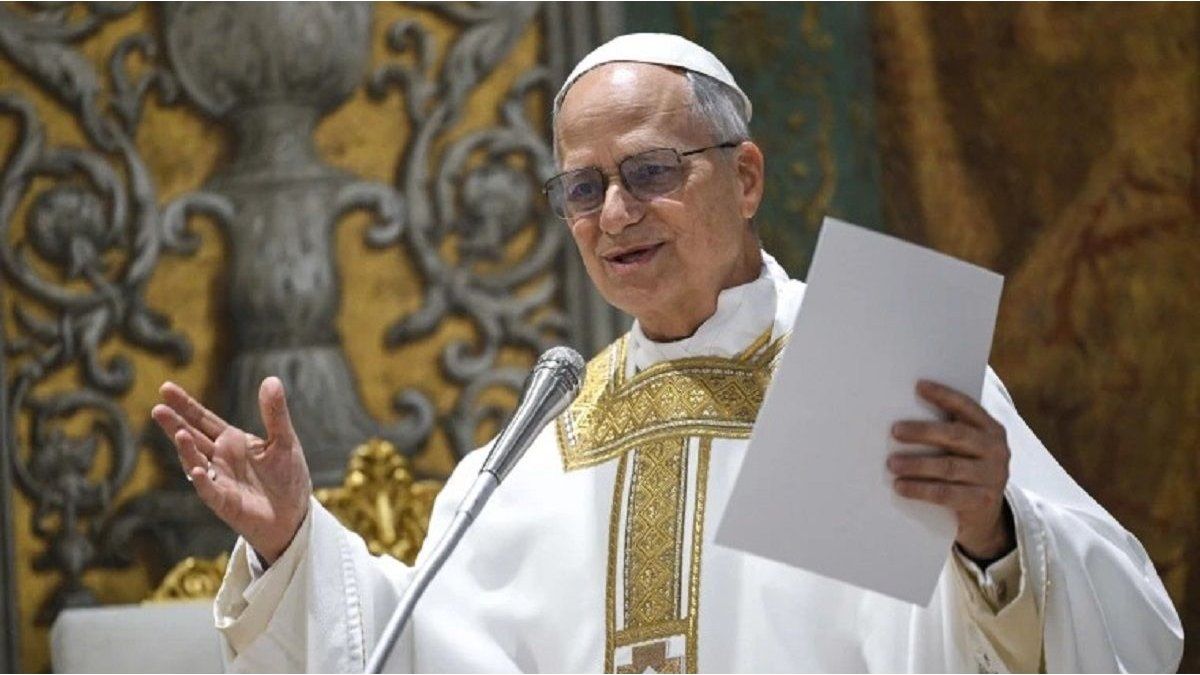As this medium learned, The Secretary for Economic Programming, Gabriel Rubinstein, has been working on this issue together with the minister.. The assembly of the plan did not start today or yesterday, it takes weeks. But in the Palacio de Hacienda they considered it essential to go through other stages first: the fiscal order, the accumulation of reserves via the soybean dollar and disbursements from multilateral organizations, energy segmentation, the rise in rates and the adjustment of foreign trade controls with the idea to take care of the foreign currency that was accumulated.
Days ago, Rubinstein himself hinted at some clues as to how it should be addressed: “The monetary impulse of fiscal origin would be compatible with an annual inflation rate of 40%. From the Government, we will act to improve the exchange system and on the factors of inertia”, he published on his Twitter account, after presenting in Congress in the framework of the presentation of the Budget. Along the same lines, he maintained that “by attacking inflationary inertia and seeking a reasonable drop in business margins, it is possible to bring real inflation closer to the theoretical one”.
In a meeting that took place this week, in which several of the most important companies in the country participated, they discussed the implementation of a stabilization plan. According to sources who witnessed the meeting, the managers who had contact with Massa agreed that the initiative was accelerated. In the Ministry of Economy they do not consider anything closed, but they point to November as a possible date.
The next stage of the plan would be aimed at the inertial component of inflation. After accommodating some relative prices, the idea would be “stop the ball for four months”. That is to say, an agreement on prices and salaries, which could also include a clear path for the dollar and the tariffs that allow the economy to be de-indexed and put a stop to preventive remarks.
The three scenarios proposed by Álvarez Agís
The former vice minister Emmanuel Alvarez Agis He is one of the economists most consulted by Massa. In a report he published with his firm PxQ this week raised the possible implementation of a stabilization plan. He suggests it as one of three hypothetical scenarios for the future of the economy and calls it “win.” It assigns a 60% chance of application.
According to Álvarez Agís, “an inflation of 100% per year is not equivalent to an inflation of 25% multiplied by 4, but there are qualitative differences that imply that at this rate of price increase, parity is not an effective tool to increase power. purchaser of salary”. So the “win” plan would aim to recover wages via low inflation.
The report slips that for this it would be necessary “a stabilization program that not only serves to align fiscal, monetary and exchange policy with the objective of disinflation, but also must put a stop to the indexation dynamics.”
The other two scenarios proposed by the former deputy minister are “arrive” and “bomb”. Both are assigned a 20% chance of application. The first consists of strictly complying with the goals established in the agreement with the IMF and does not include a reduction in inflation. The second implies a rise in spending via public works, a reduction in the interest rate and a stimulus to parity, which could imply, according to the analyst, a recrudescence of the increase in prices.
The “anti-inflationary tourniquet”
CEO of Syngenta Antonio Aracre (who announced that he will leave office at the end of the year), one of the CEOs with the greatest arrival at the Casa Rosada, has been insisting for some time on the need to apply an “anti-inflationary tourniquet” to curb inertia. He presented a plan to different officials that seems to be in line with what Massa is studying. It consists of the rearrangement of relative prices that may be out of phase: dollar, rates and wages. After that, he proposes converging to a freeze.
“The most traditional economists refer to the deficit and the emission as the main cause of inflation, which is true. But in Argentina, as happened in Israel in the eighties, there is another type of inflation that is deeply rooted, very established and has a lot to do with the expectation of updating the price of its goods with what happened the previous month and not losing that distributive bid,” Aracre told Ámbito. Along these lines, he argued that “a shock plan” is necessary to cut the dynamic.
The businessman approached this idea to President Alberto Fernández and at the time also to Minister Martín Guzmán. According to Aracre, the “turnstile” would allow “return to an inflation of 30% more compatible with macroeconomic difficulties.”
Source: Ambito
David William is a talented author who has made a name for himself in the world of writing. He is a professional author who writes on a wide range of topics, from general interest to opinion news. David is currently working as a writer at 24 hours worlds where he brings his unique perspective and in-depth research to his articles, making them both informative and engaging.




